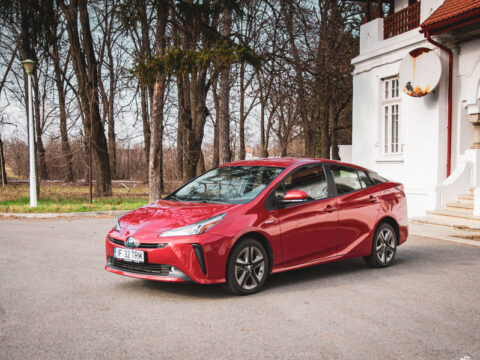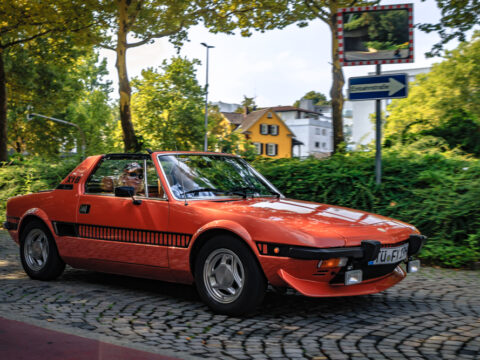As cities continue to grow, so does the need for smarter, more efficient ways to get around. Futuristic transit systems are emerging across the globe, designed to make urban travel faster, more sustainable, and better connected. From self-driving buses to high-speed trains, these innovations are transforming the way we navigate our cities. Here’s a look at 13 cutting-edge transit systems that are bringing the future of transportation to life.
Contents
Hyperloop
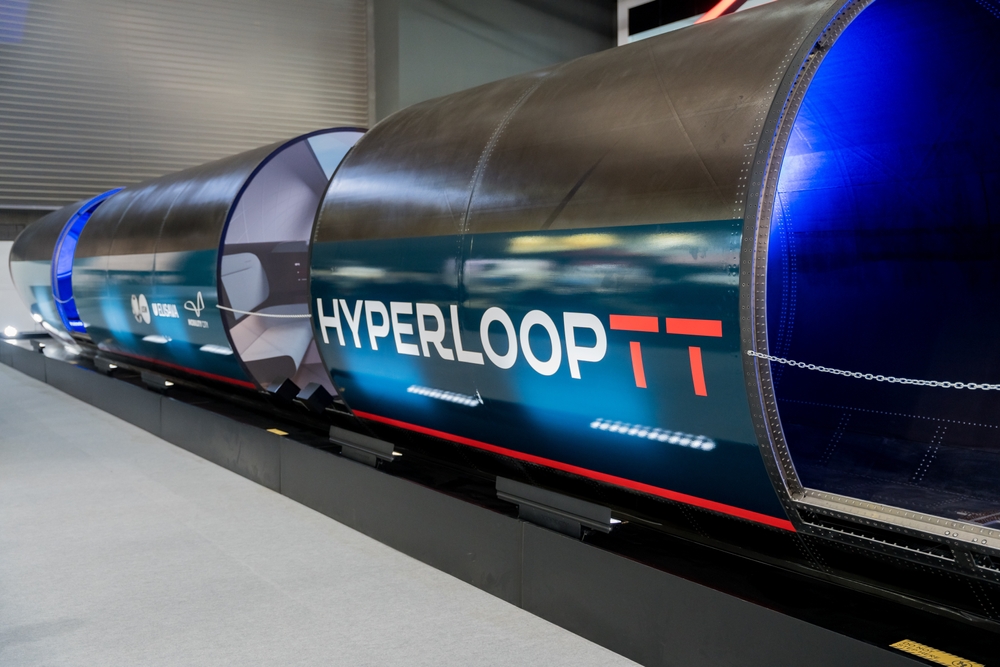
The Hyperloop is a revolutionary concept involving high-speed travel through vacuum tubes, reducing air resistance and allowing pods to reach speeds over 700 mph. It connects cities in record time, making long-distance commuting much faster. With its potential to run on renewable energy, Hyperloop aims to make city-to-city travel more efficient, sustainable, and connected.
Maglev Trains
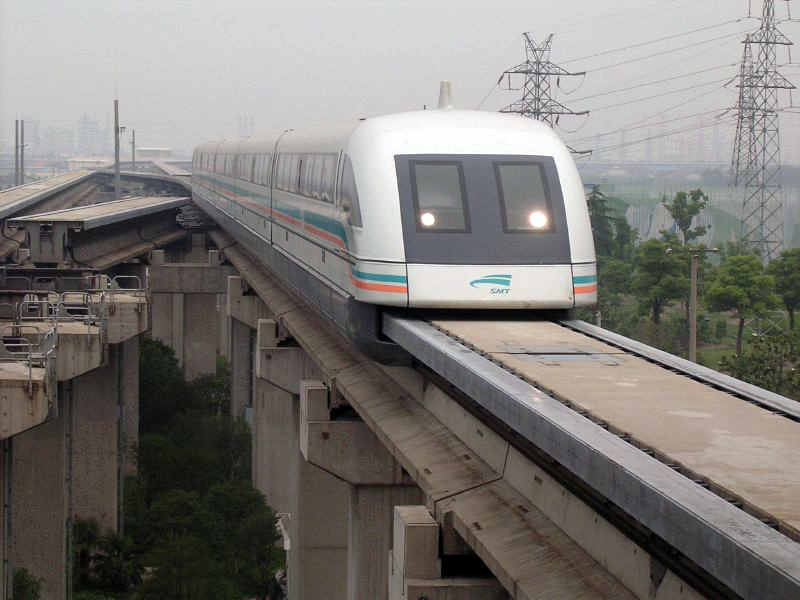
Using magnetic levitation, Maglev trains can reach speeds of up to 370 mph, drastically reducing travel times. By levitating above the tracks, these trains eliminate friction, resulting in smoother and quieter journeys. With no physical contact with the rail, maintenance is minimal, making them a reliable, high-tech transit solution for busy cities.
Autonomous Shuttles
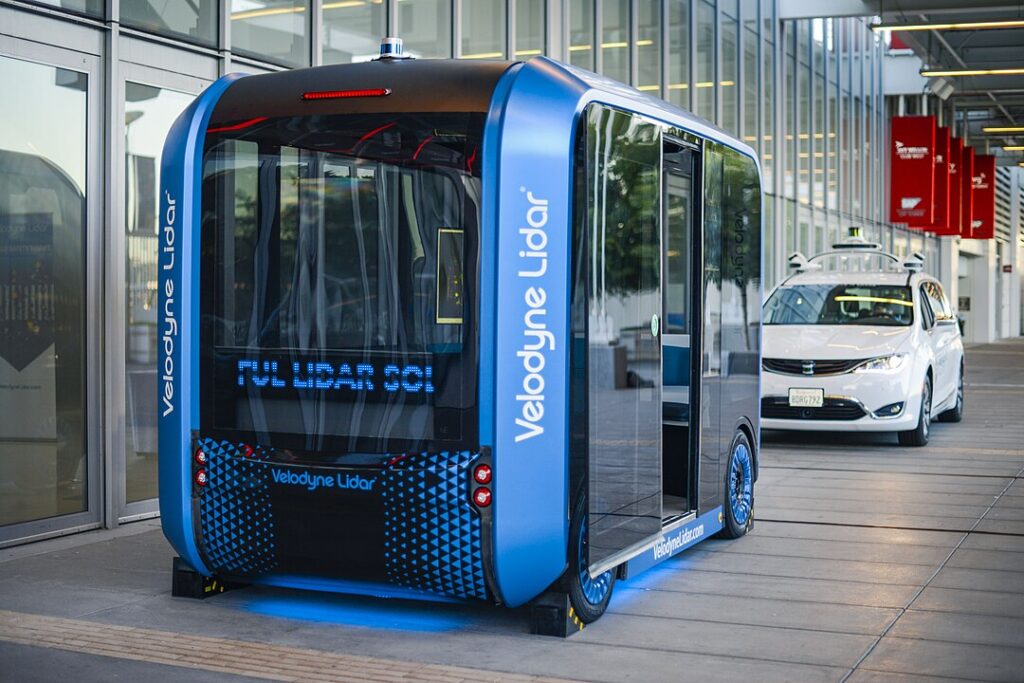
Self-driving electric shuttles are designed to transport passengers in densely populated urban areas. These vehicles can operate on fixed routes or adapt to changing traffic patterns, providing efficient, driverless public transport that reduces human error and traffic congestion. Their electric power also cuts down on emissions, offering a greener transit option.
Drone Taxis
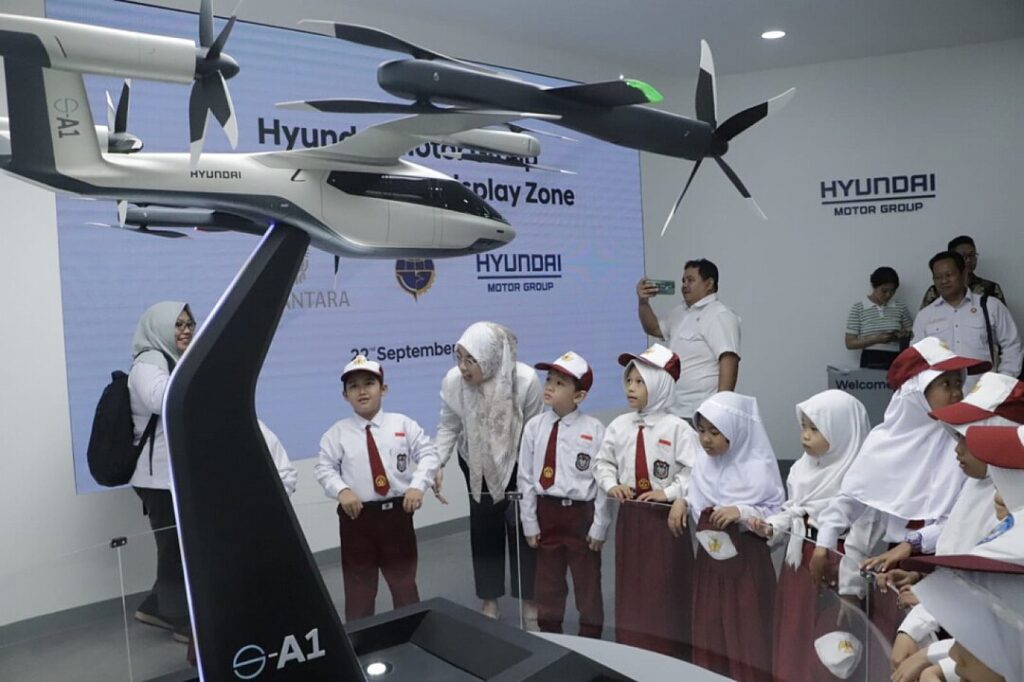
Drone taxis provide an exciting leap forward in urban air mobility. These autonomous aerial vehicles, capable of vertical takeoff and landing, are designed for short, on-demand flights. They bypass road traffic entirely, making city travel faster and more flexible. Their advanced navigation systems ensure safe travel in crowded airspace, helping to connect different parts of a city more efficiently.
Self-Driving Buses
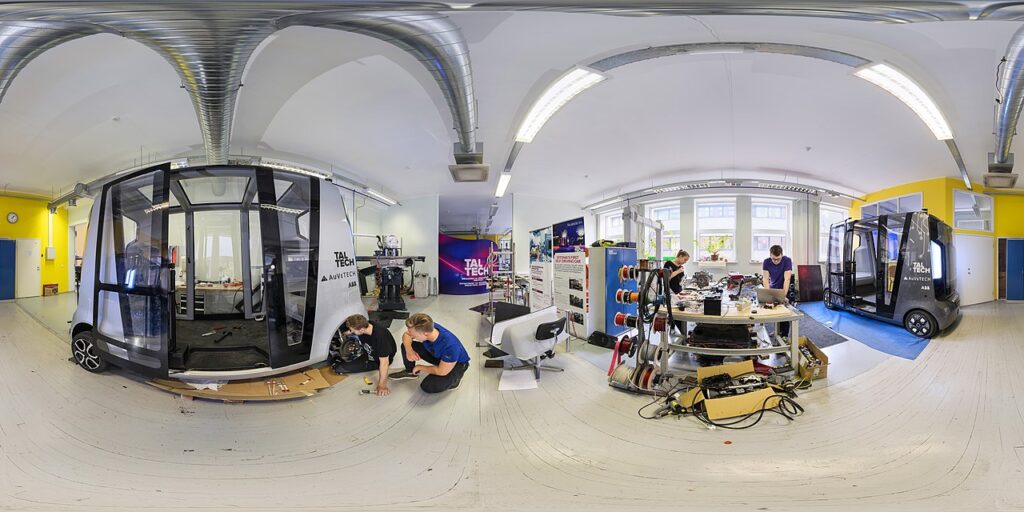
Autonomous buses can navigate complex urban environments without human drivers, reducing labor costs and human error. These buses are equipped with sensors, cameras, and AI to adapt to changing traffic conditions, making city travel more seamless and efficient. Their integration into public transit systems offers a glimpse into the future of smart, connected cities.
Sustainable Hydrogen-Powered Trains
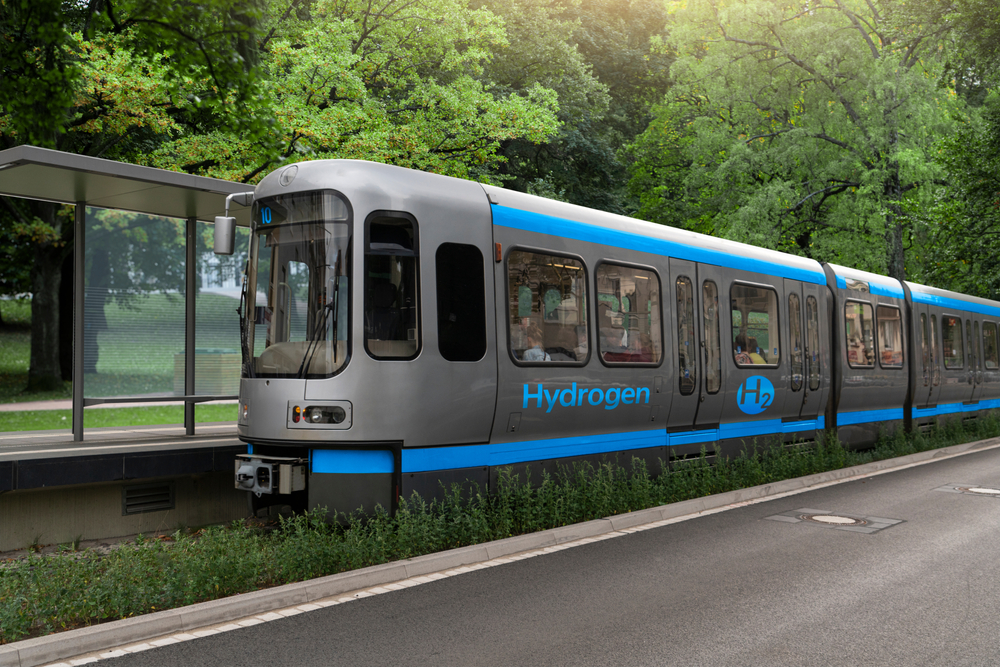
Hydrogen-powered trains use fuel cells to produce electricity, offering a zero-emission alternative to traditional diesel trains. These trains are ideal for routes that are not electrified, reducing the carbon footprint of regional rail systems. With their potential to revolutionize green transport, hydrogen trains are a vital part of sustainable city connectivity.
Electric Scooters & Bike Sharing
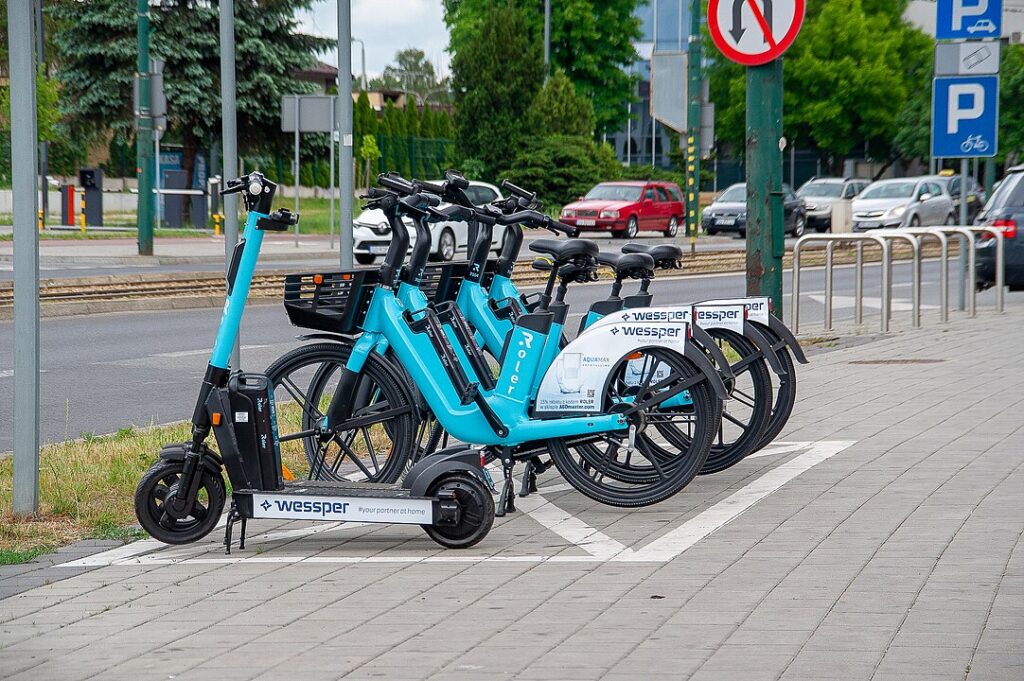
App-based electric scooters and bikes offer flexible, short-distance mobility in cities, reducing reliance on cars and public transit. These systems allow users to pick up and drop off scooters and bikes at various locations, making them perfect for last-mile commutes. Their ease of use and accessibility improve urban connectivity by offering a personal mode of transportation.
High-Speed Rail Networks
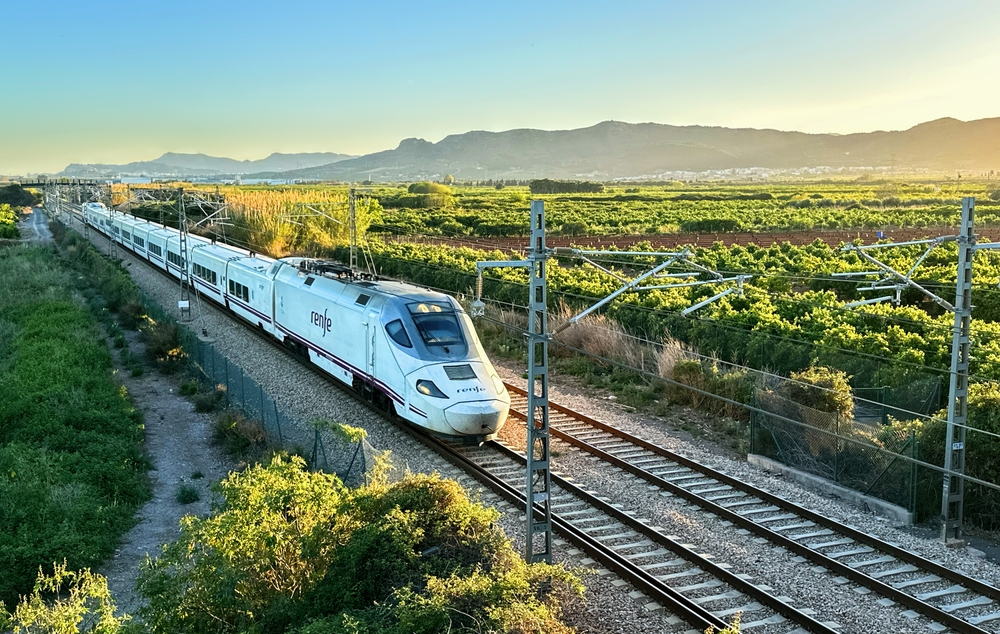
High-speed rail networks are designed to connect cities at speeds exceeding 186 mph, making intercity travel faster and more efficient. These systems reduce the need for short-distance flights and car travel, offering an eco-friendly alternative that connects urban areas seamlessly. With reduced travel times, high-speed rail enhances regional connectivity.
E-Bikes with Charging Stations
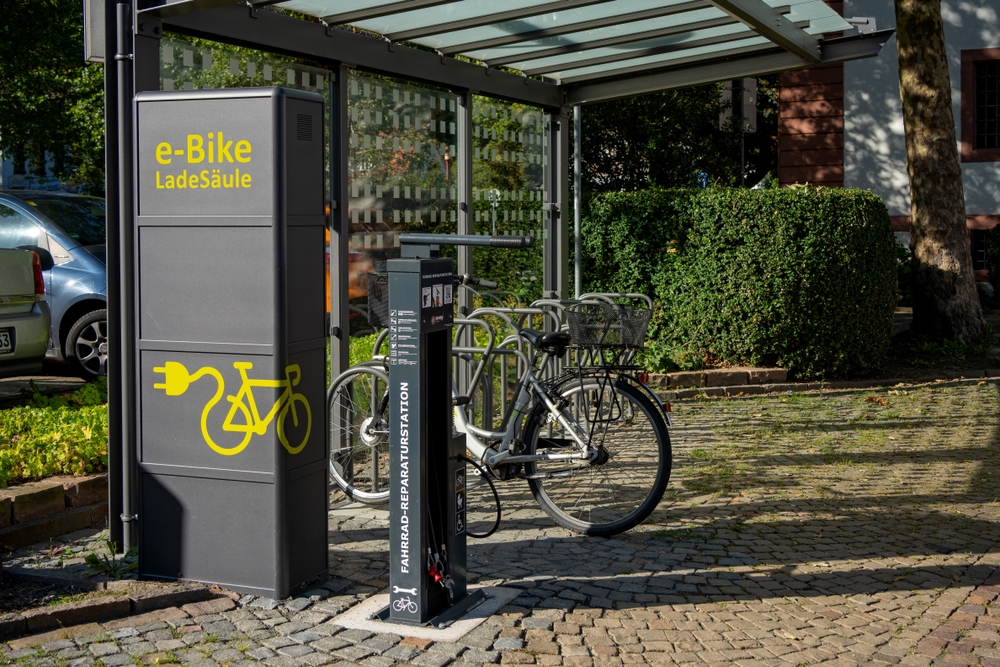
E-bikes provide an electrified boost for urban riders, making long or uphill rides more manageable. Paired with citywide charging stations, these bikes are becoming an integral part of urban mobility. E-bikes are an eco-friendly solution for reducing car use, improving city infrastructure, and encouraging healthier modes of transportation.
Flying Cars
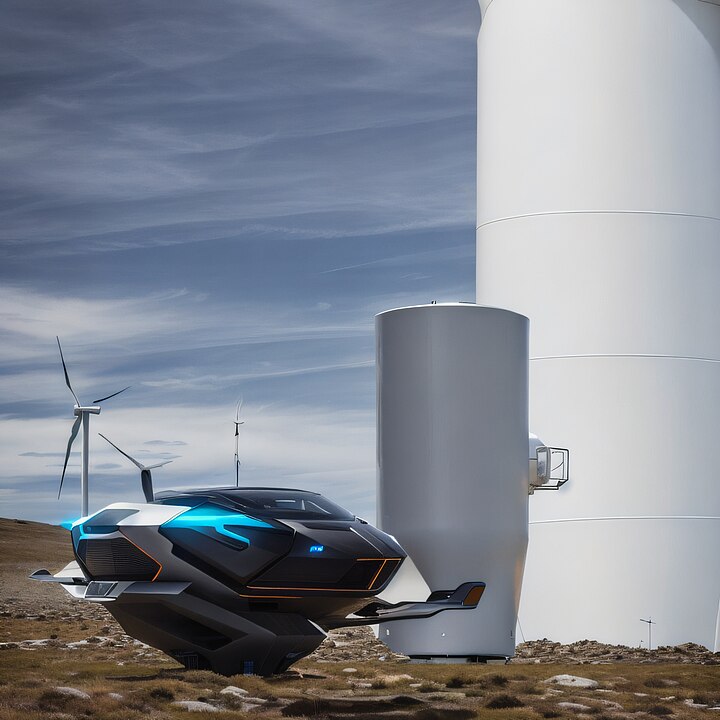
Flying cars represent the future of personal urban air mobility, allowing individuals to bypass traffic by traveling through the air. These vertical takeoff and landing vehicles promise faster, more flexible commutes in crowded cities. Though still in development, flying cars have the potential to revolutionize urban travel and enhance connectivity in metropolitan areas.
Autonomous Delivery Robots
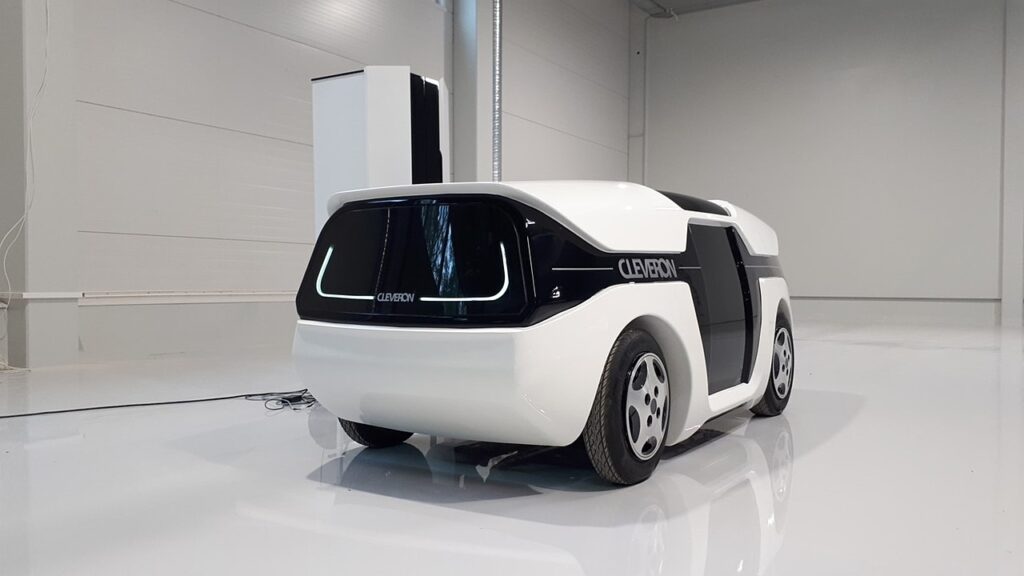
Autonomous robots are used for delivering goods within urban areas, reducing the need for delivery trucks and cutting down on road congestion. These robots are equipped with sensors and AI to navigate city streets safely and efficiently. By streamlining the flow of goods, they make urban logistics faster and more connected.
Solar-Powered Transit Networks
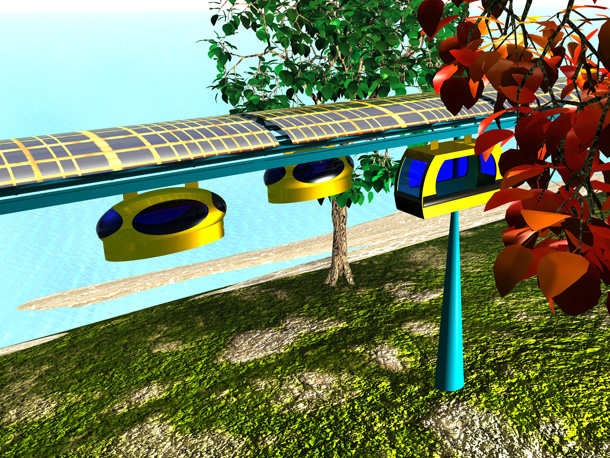
Solar-powered transit systems rely on renewable energy to power buses, trains, and stations. By harnessing the power of the sun, these systems reduce reliance on fossil fuels and cut carbon emissions. Solar transit networks are a key component in creating sustainable and connected cities.
Monorails with Magnetic Levitation
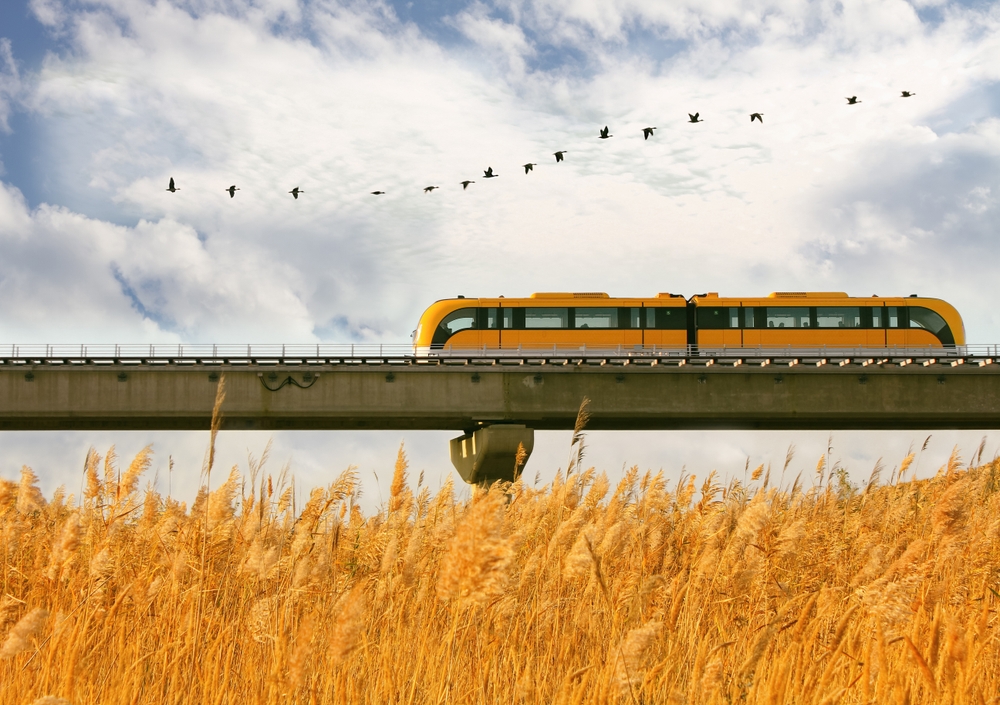
Elevated monorails using magnetic levitation technology provide fast, smooth transit above congested city streets. By operating on elevated tracks, these systems free up road space while offering a quieter, more efficient ride. Monorails are ideal for cities looking to enhance connectivity without expanding road infrastructure.
This article originally appeared in MyCarMakesNoise.
More from MyCarMakesNoise
17 Rare Concept Cars That Became Valuable Collectibles
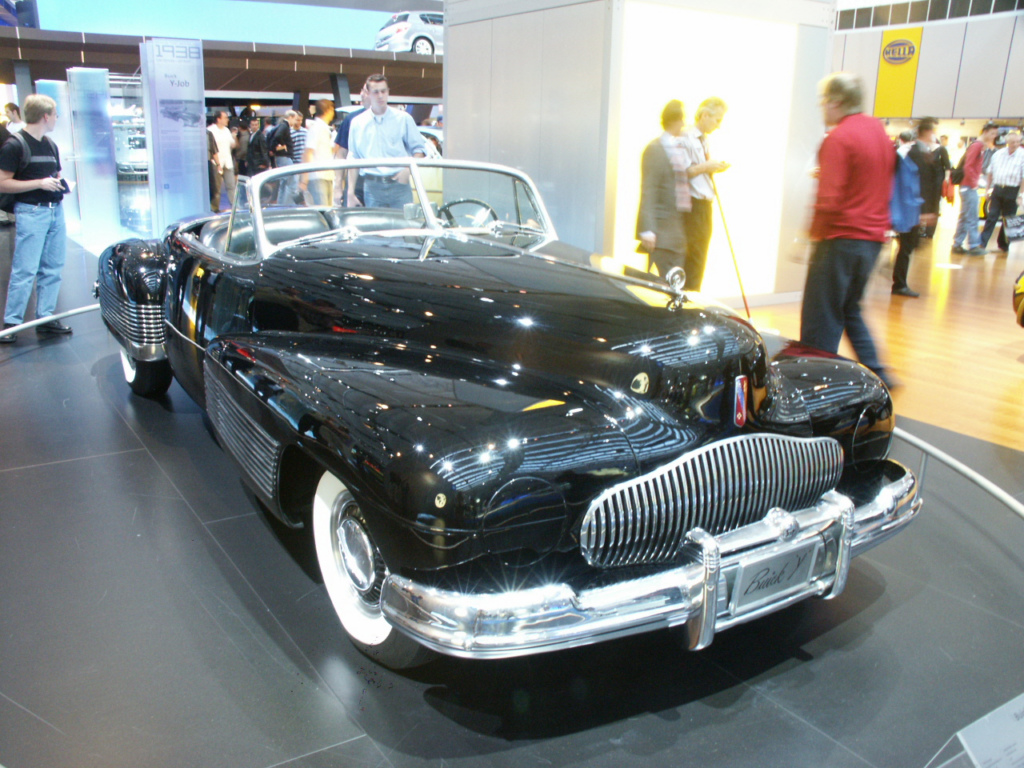
oncept cars have always fascinated car enthusiasts and collectors with their innovative designs and cutting-edge technology. Some of these rare prototypes never made it to production, yet they have become highly coveted collectibles over time. Read More
17 Game-Changing Automotive Innovations of the 2020s

The 2020s have brought a wave of innovation and transformation to the auto industry, changing the way we think about cars and mobility. From advancements in electric vehicles to the rise of autonomous driving technology, these game-changing trends are shaping the future of transportation. Read More
21 Mistakes That Can Make Your Car a Magnet for Thieves

Simple mistakes can make your car an easy target for break-ins. From leaving valuables in plain sight to forgetting to lock the doors, these common errors can attract thieves. Read More

